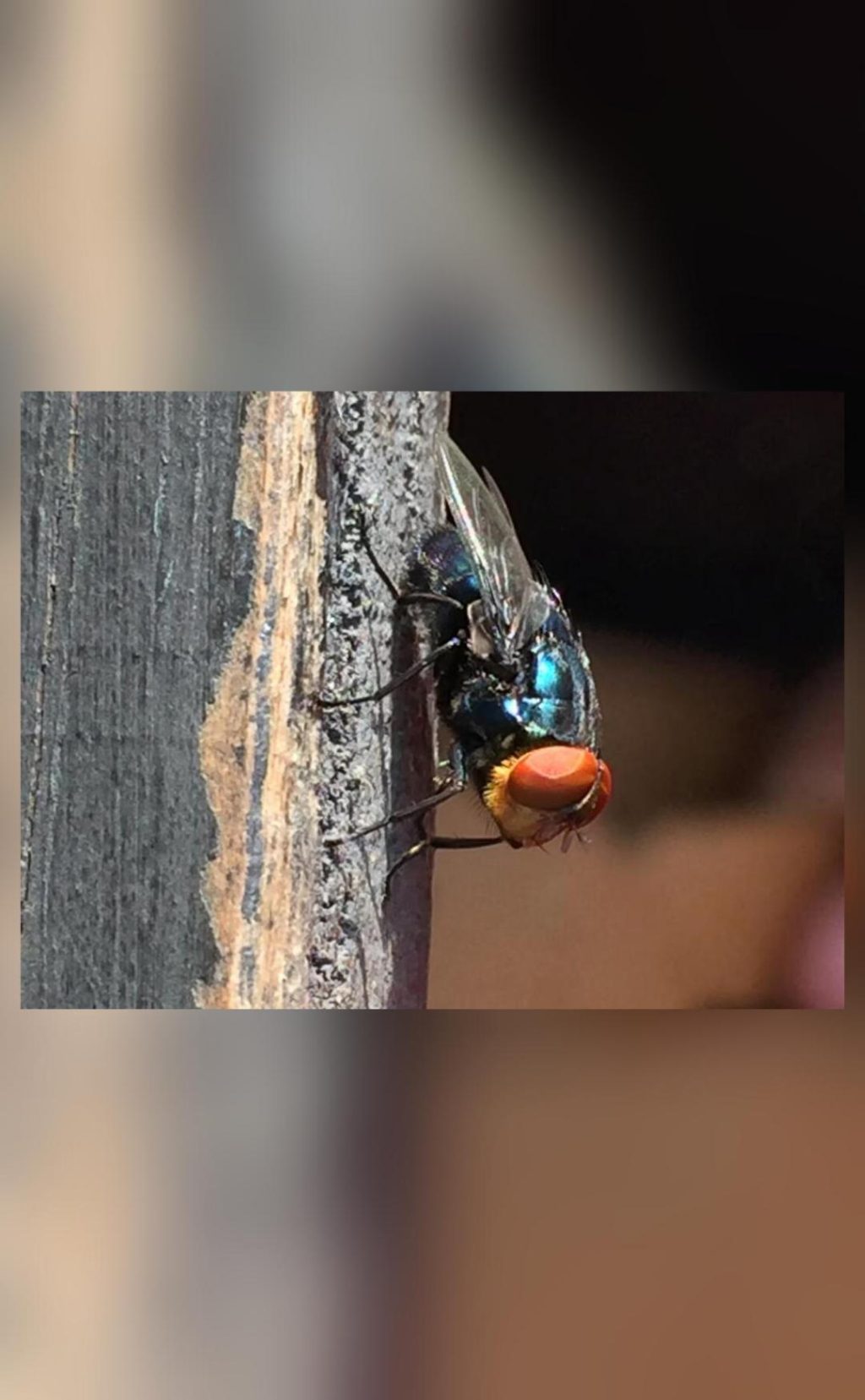
Why is US planning to breed screwworm flies and dump them from planes over Mexico?
In a bizarre move, the United States government is preparing to breed billions of male flies and dump them from planes over Mexico and southern Texas to protect its beef industry from the flesh-eating larvae of the New World screwworm fly. The US Department of Agriculture (USDA) has announced plans to release these sterilized male flies as part of a biological control method to eradicate the pest.
The New World screwworm fly, also known as Chrysops silacea, is a parasitic insect that lays its eggs in the flesh of warm-blooded animals, including cattle, horses, and even humans. The larvae that hatch from these eggs feed on the host’s tissues, causing severe damage and potentially even death. The fly is native to Central and South America, but it was eradicated from the United States in the 1960s through a similar biological control program.
However, over the past few years, the screwworm fly has made a comeback in the southern United States, particularly in Texas and Florida. This has caused significant economic losses for the beef industry, as well as concerns for animal and human health. To combat this problem, the USDA has turned to a unique solution: breeding and releasing sterilized male screwworm flies.
The process of breeding and releasing the male flies is quite complex. The USDA will first breed millions of male screwworm flies in a laboratory setting, using a specially designed facility in Panama City, Florida. The males will then be sterilized using radiation, a process known as irradiation, which will render them unable to reproduce with female flies.
Once the males are sterilized, they will be packaged into specialized containers and loaded onto planes. The planes will then fly over Mexico and southern Texas, releasing the flies over areas where the screwworm fly population is most prevalent.
The idea behind this approach is that the sterilized male flies will mate with female flies, which will then lay eggs that will not hatch. Over time, the screwworm fly population will naturally die out as the females are unable to reproduce. The USDA estimates that it will take several years to achieve this goal, but the long-term benefits to the beef industry and human health will be significant.
While this approach may seem unconventional, it has been used successfully in the past to combat other pests. For example, the Sterile Insect Technique (SIT) has been used to control the Mediterranean fruit fly and the Mexican fruit fly, among others.
However, some experts have raised concerns about the potential risks of this approach. For example, there is a small chance that the sterilized male flies could accidentally escape and mate with female flies in other areas, potentially causing unintended consequences.
Additionally, there is concern about the potential impact on non-target species, such as bees and butterflies, which could be affected by the release of large numbers of flies.
Despite these concerns, the USDA is confident that the benefits of this approach outweigh the risks. The agency has conducted extensive testing and modeling to ensure that the release of sterilized male flies will not cause harm to the environment or human health.
In conclusion, the US government’s plan to breed and release sterilized male screwworm flies over Mexico and southern Texas is a unique and innovative approach to combating a serious pest problem. While there are potential risks involved, the benefits to the beef industry and human health make this approach a worthwhile investment.
Source:



